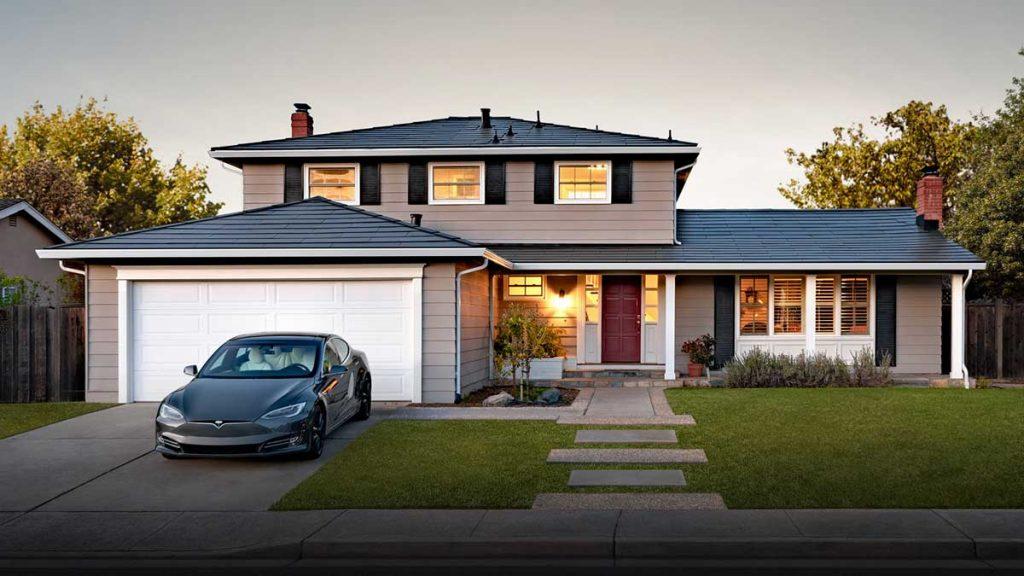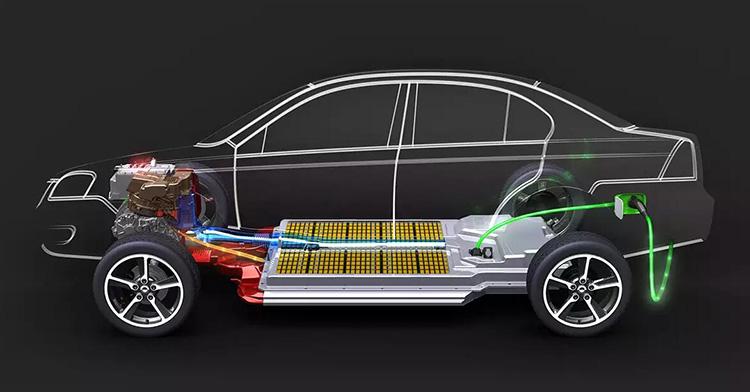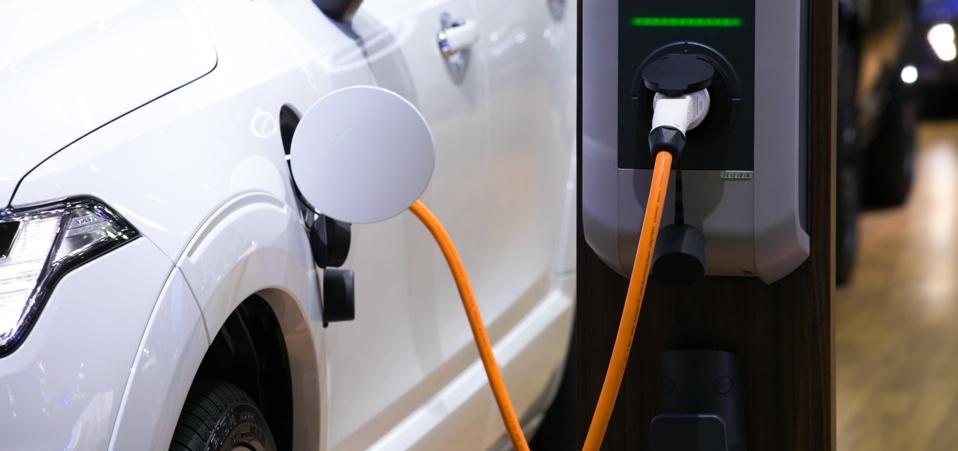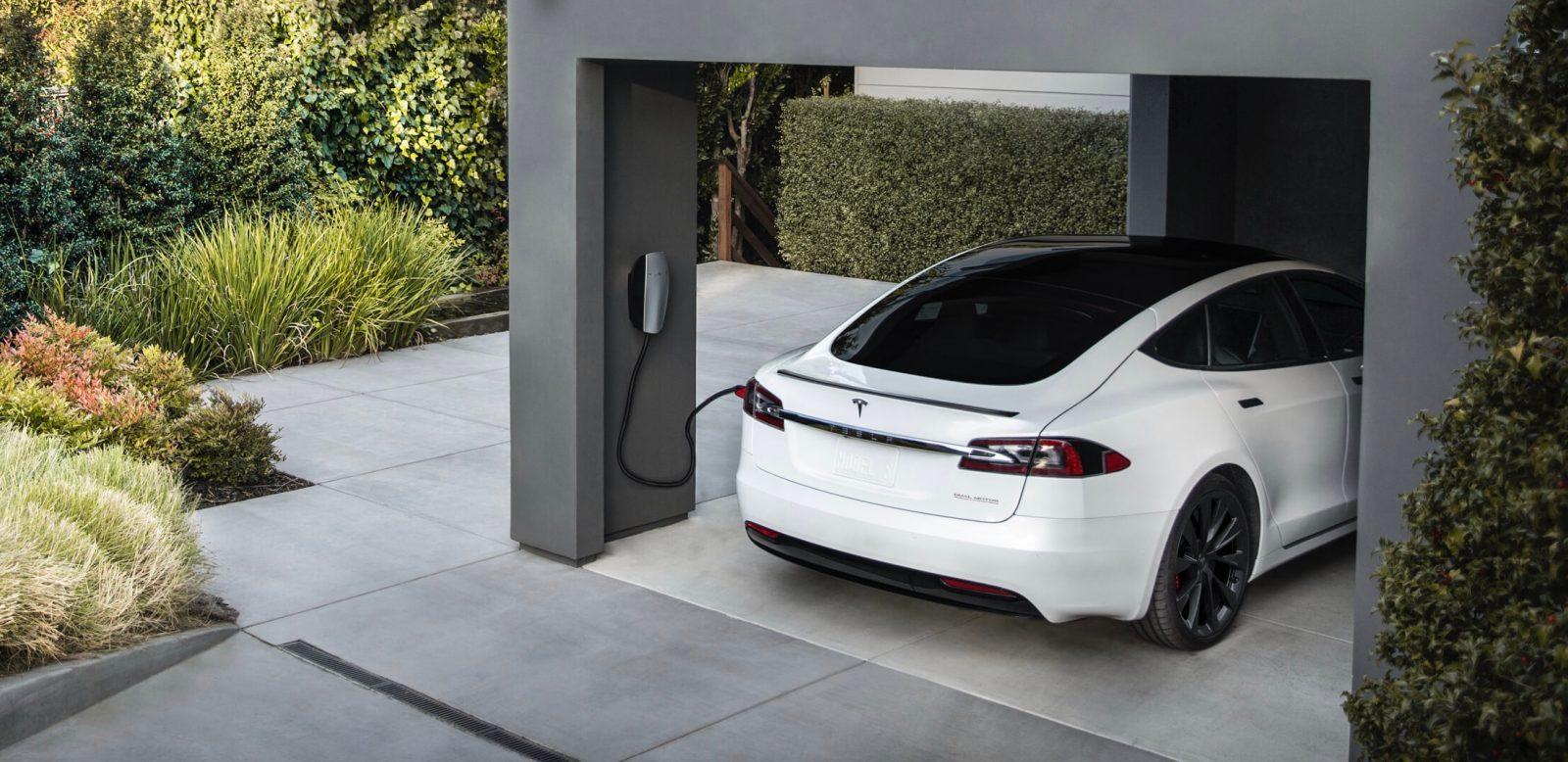Times are changing.
Table of Contents
Large power plants used to be the powerhouses that would light up your homes. However, with the increasing prices of electricity and the introduction of renewable energy sources, we are now seeing a shift in how people power their homes.
One of the newest and most popular methods is using a Tesla to power your home; however, the company does not recommend this method.
Tesla recommends that you use their solar panels and batteries to power your home instead of using one of their cars. The main reason is that solar panels and batteries are designed to store and release energy, whereas cars are not.
But more on that later. Let's answer the question, "Can I Power My House With My Tesla?"
Is It Possible To Power Up Your House Using Your Tesla Car?

Yes, it is possible to power your house using your Tesla car, but it's not the best idea. Tesla cars are designed to be used as cars, not power sources. If you use your Tesla to power your home, you must make severe modifications to your car.
First, you're going to need a lot of batteries. A standard Tesla Model S has a 75 kWh battery, and the company's website says this is enough to power a home for two days.
However, if you want to use your Tesla to power your home for an extended period, you will need a lot more. You might be able to get away with using 10-20 Tesla batteries, but you're going to need a lot more if you want to power your home for more than a week or so. We can assume this situation when no other electric power source like the power grid is available.
But what if you have a power source?
READ: Can You Convert a Diesel Truck Into An Electric One?
What if you can charge your Tesla Model S batteries using the power grid?
In this case, you could use your Tesla to power your home indefinitely, as long as you had enough batteries and a way to charge them. This would be ideal, as you would not have to worry about your car's battery running out of charge soon.
Which EV Cars Can Power Up Your Home?
Cars such as Nissan Leaf & VW EVs can power up your home. These cars have a feature called Vehicle to Grid (V2G) or have bidirectional batteries in the more standard term. It allows the car to send power back to the grid or, in your case, to your home.
How Much Does It Cost To Power Your Home With A Tesla?

The cost of powering your home with a Tesla car will depend on a few factors.
First, it will depend on how much power you need to generate. If you only need to generate a small amount of power, then you're not going to need as many batteries as someone who needs to generate a large amount of power.
Second, it's going to depend on the cost of the batteries themselves. Tesla batteries are not cheap; the more you need, the more it will cost.
Finally, it will depend on how much you're paying for electricity. If you're paying for electricity at the standard rate, it will cost you more to power your home with a Tesla than solar panels or wind turbines.
However, if you're paying for electricity at a higher rate, it might be cheaper to power your home with a Tesla.
READ: Can You Put A Wind Turbine On A Car
What Is Tesla's Home Battery System?
The Tesla home battery system is a set of batteries designed to store energy for use in your home rather than misusing the electric vehicle. As Tesla states, their vehicles aren't designed to be used as a power source, which is one of the main reasons.
The home battery system comes in two packages, the Powerwall & the Powerpack. The Powerwall is designed for homes, and the Powerpack is designed for businesses.
The Powerwall Home Battery contains enough juice for 7- or 10-kWh of storage. It powers the battery pack using a solar panel during the daytime, and it can be used to store solar energy for use at night or during a power outage.
The Powerpack is designed for significantly larger businesses, such as powering up entire offices or small to medium-sized factories. It easily packs a power of approximately around 100 kWh and even more.
The main advantages of using a Tesla to power your home are its clean energy and relatively cheap. However, there are some disadvantages as well.
What Are The Disadvantages Of Using A Battery Power Source From Tesla?

The first disadvantage is that you need a power source to charge the batteries. If you're using the Tesla to power your home and there's no power source, the batteries will run out of charge, and you will be without power.
The second disadvantage is that batteries are not 100% efficient. This means that when you're using the battery to power your home, you will not get 100% of the power you're paying for.
The third disadvantage is that batteries can be expensive. The more power you need, the more batteries you'll need, and the more it will cost.
Last but not least, Tesla-powered batteries are not 100% reliable. This means that there's a chance that the batteries could fail, and you could be left without power.
READ: What Voltage Do Electric Vehicles Run On?
Concluding Thoughts
All in all, can you power your home with a Tesla? Yes, but there are some disadvantages that you need to be aware of before you make the switch. Batteries can be expensive, and they're not always 100% reliable. However, if you're looking for a clean energy source that's relatively cheap, then a Tesla might be the way to go.
Still, the company strongly discouraged it; therefore, they have launched individual battery packs for general consumers to purchase.

